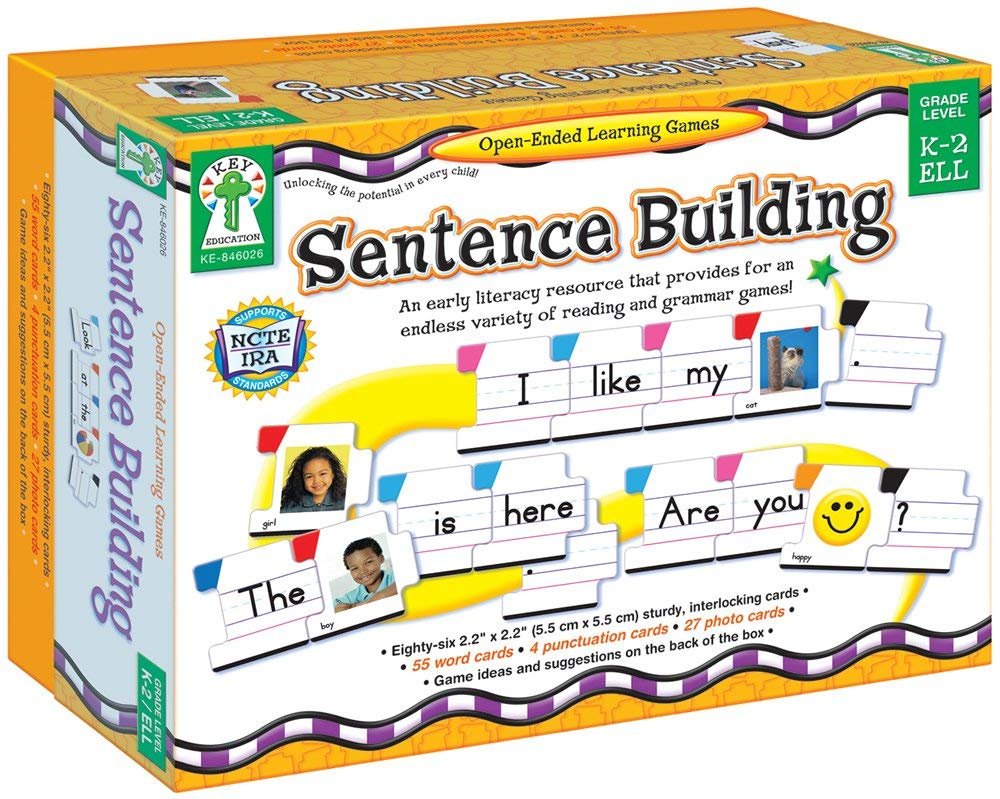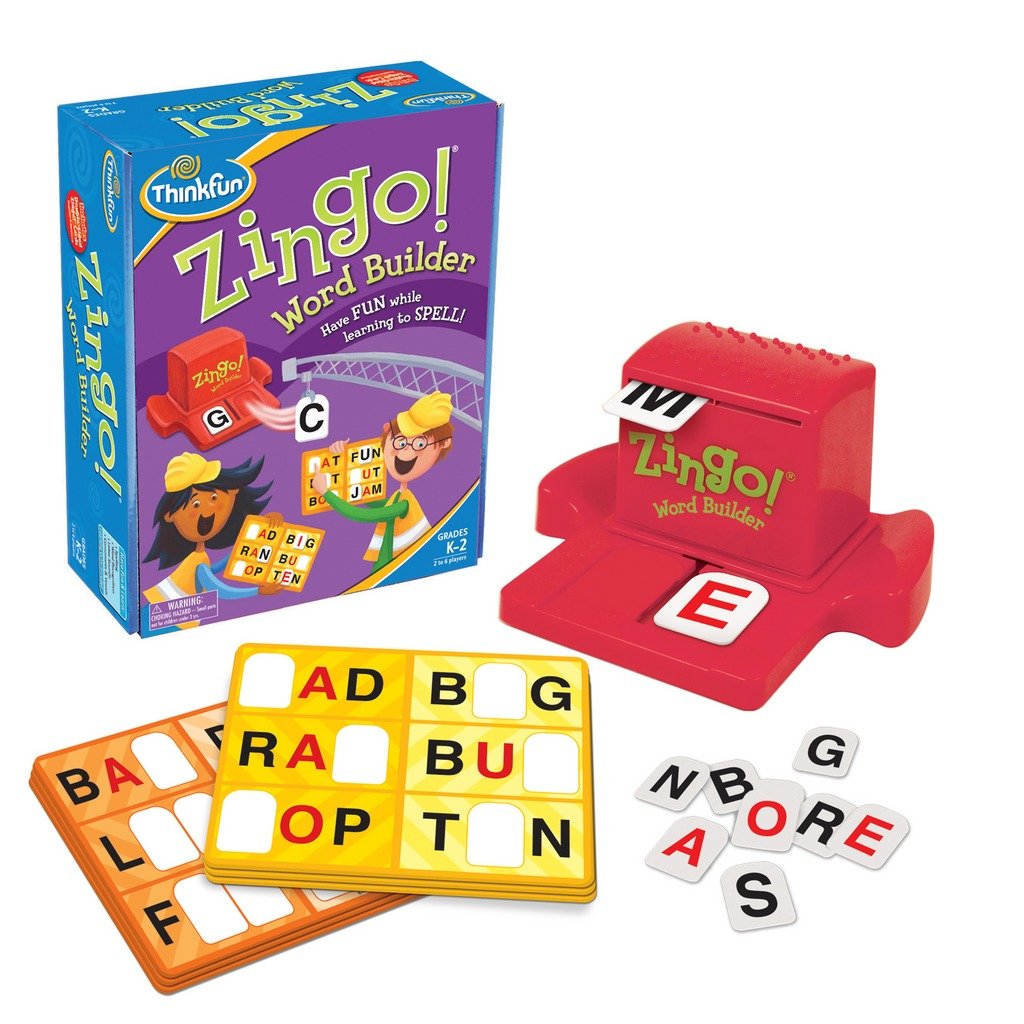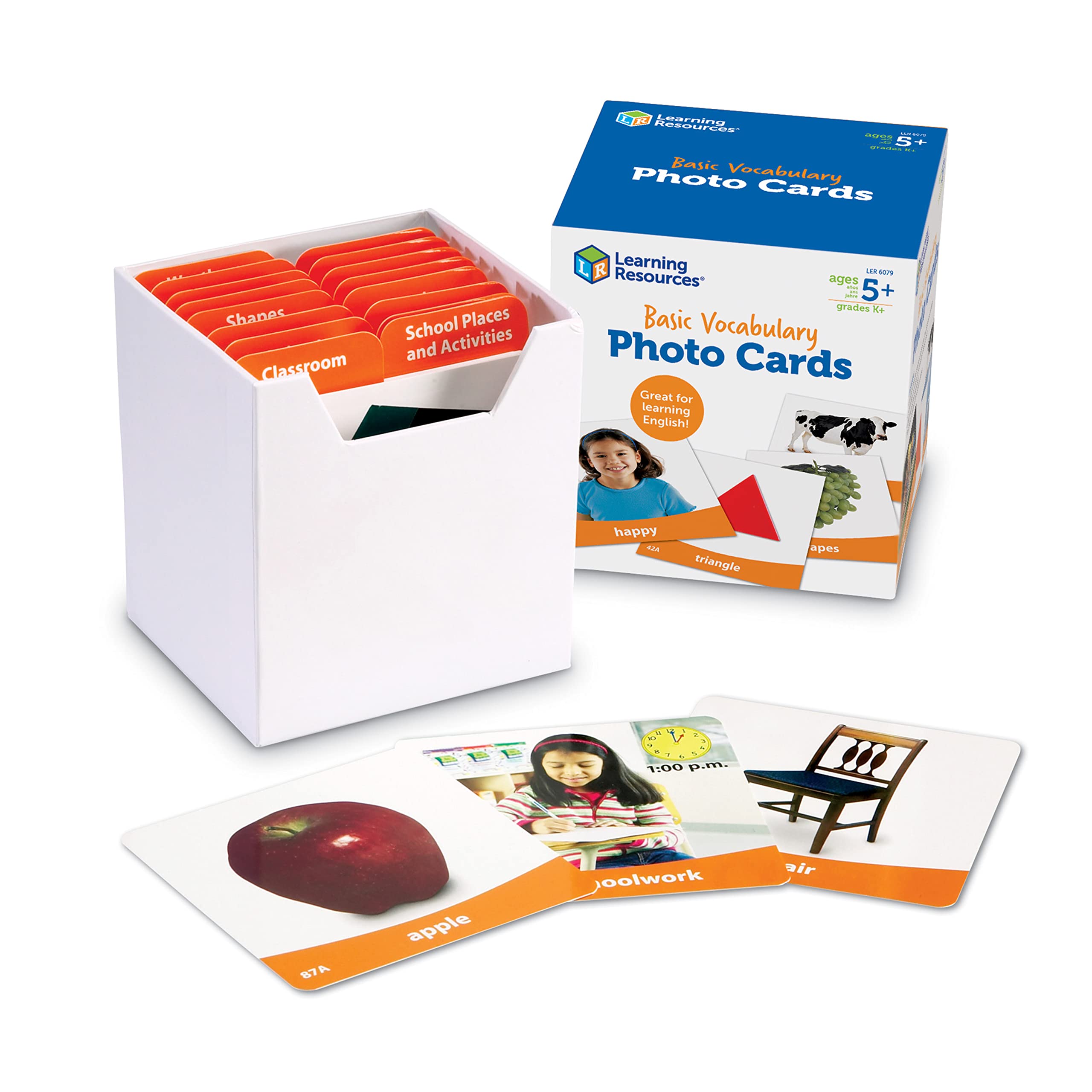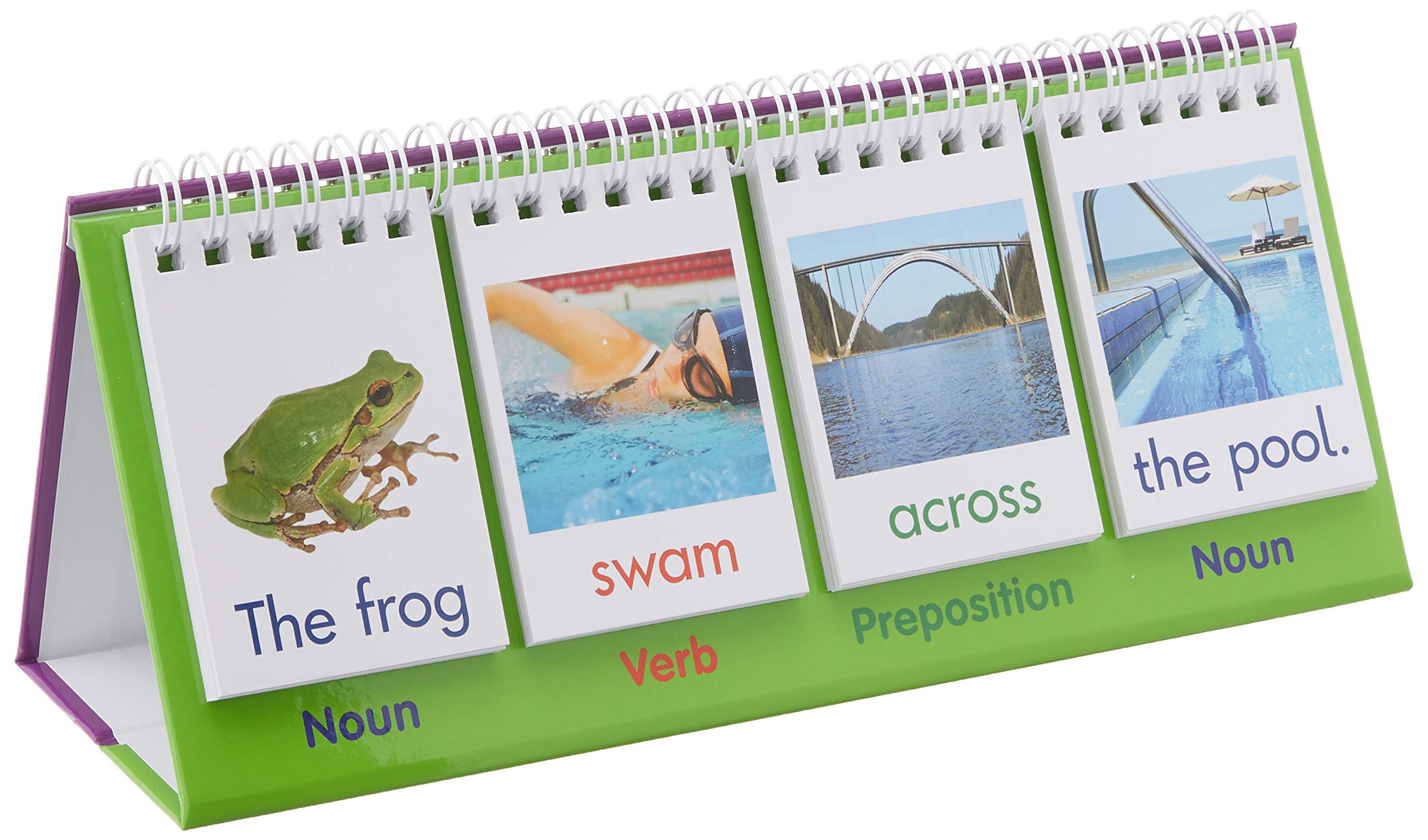Learning a new language is both exciting and challenging, and having the right tools can make all the difference.
Vocabulary building games offer a fun and interactive way to expand language skills, making them a favorite choice among language learners of all ages.
These games aim to create an immersive experience that reinforces learning through repetition, interaction, and reinforcement, which are key elements in mastering a new language.
With so many vocabulary building games available, it’s important to choose wisely.
Consider the language you are learning, your current skill level, and the type of gameplay that will keep you engaged.
Some games might be geared toward beginners with basic vocabulary, while others aim to challenge advanced learners with complex phrases.
Additionally, think about the platform – whether it’s a mobile app, tabletop game, or online resource – and how it fits into your lifestyle.
Quality language games not only teach new words but also provide context, culture, and practical usage scenarios.
They bridge the gap between textbook learning and real-world application.
As we explore some of the best options, let’s keep these factors in mind to find the most effective tools for boosting your vocabulary.
Best Vocabulary Building Language Learning Educational Games
We’ve rounded up a fantastic selection of educational games to help expand our vocabulary and language skills.
These engaging and interactive options are perfect for learners of all ages.
Let’s dive into our top picks!
Sentence Building Kit for Kids
This is a great tool for boosting vocabulary and grammar skills in a fun, interactive way that kids will love.
- Engages kids with interactive card puzzles
- Promotes sentence construction and grammar understanding
- Durable cards designed for long-lasting use
- Might limit creative sentence formation
- Could become repetitive over time
- Requires adult guidance for optimal use
Carson Dellosa’s Sentence Building Kit is certainly something we can all appreciate as it aims to make learning easy and enjoyable.
This 86-piece set is packed with color-coded word cards and photo cards, making it easy for us to help kids grasp sentence construction, punctuation, and basic grammar concepts.
The pieces interlock like puzzles, which keeps the learning interactive and engaging.
The kit seems well-suited not only for classrooms but also for home use.
We like that it includes teaching suggestions and multiple game ideas, giving us flexibility to tailor learning to various levels.
Though the focus might be more on grammar and structure, it still offers a diverse learning experience that’s likely to stimulate young minds.
One noteworthy element is its support for educational standards, making it a solid investment for educators.
While it presents useful tools for structured learning, we need to get creative to prevent it from feeling too routine for the kids.
ThinkFun Zingo Word Builder – Classic Early Reading Game
This game is a fantastic choice for those looking to enhance children’s vocabulary with fun and engaging play.
- Fun and educational for early readers
- High-quality, durable components
- Easy to learn and play
- Small parts, potential choking hazard
- Limited to three-letter words
- Not as engaging for older kids
ThinkFun Zingo Word Builder stands out for its ability to combine fun with learning effectively.
The game targets early readers by helping them grasp vocabulary and spelling patterns.
With its simple rules and a focus on three-letter words, players can jump right in and start building their reading skills.
The design is both tactile and colorful.
This combination encourages children to engage deeply with the game materials.
Parents and kids alike will appreciate how sturdy and well-made the components are, ensuring that the game lasts even with frequent use.
Players slide the Zinger, pick their tiles, and race to form words, making each game session exciting.
Although it is an impressive tool for building reading confidence, the limited challenge might not keep older players entertained for long.
Basic Vocabulary Photo Cards
These cards are a great choice for kids learning basic vocabulary with fun themes and engaging images.
- Encourages early language skills in a playful way
- Sturdy design ensures long-lasting use
- Wide variety of vocabulary themes
- Some images might be less appealing to younger kids
- Requires some adult guidance for optimal use
- Limited age range could be a restriction
Let’s get into why these cards might be a valuable addition to our learning toolkit.
With 156 double-sided photo cards, kids can explore 16 everyday themes.
This variety keeps the learning process fresh and engaging, sparking their curiosity about new words.
We appreciate how the cards are designed to withstand frequent handling, so they’re perfect for little hands.
Each card’s durability means they can handle daily use without much wear.
However, some pictures might not appeal to younger kids, so it’s important to consider this when selecting educational materials.
Adult guidance might be necessary to make the most of these cards, especially for the very young.
Junior Learning Sentence Flips
This product is a delightful pick for young learners who are starting to explore sentence construction and grammar basics.
- Encourages interactive learning with colorful visuals
- Features a dual-sided design for versatile learning opportunities
- Built to facilitate easy use for young children
- Might feel slightly flimsy to some users
- Limited to early educational use
- Size may be smaller than expected
Junior Learning Sentence Flips offers a handy approach for early learners to get a firm grasp on language essentials.
Its double-sided flip stand is perfect for small hands, providing an engaging way to introduce basic sentence structures like nouns, adjectives, and verbs.
We think it’s a fun way to boost language skills effectively.
The vivid picture examples further amplify the learning process, making it accessible and visually appealing for children.
We appreciate that it caters to kids aged 4 to 6, aligning well with the curriculum for Kindergarten and 1st Grade.
Our little explorers love the interactive nature; it keeps them captivated and involved.
Although it’s designed thoughtfully, we do wish it was a tad more robust for long-term use.
Some might find it smaller than anticipated, but its compact size makes it portable and easy to handle for our tiny tots.
Consider it a worthy addition to any young learner’s toolkit.
Sight Word Memory Game
This is a fun way to help kids build vocabulary and learn sight words while enjoying a classic card game.
- Encourages learning while playing
- Durable and travel-friendly design
- Suitable for various age groups
- Limited number of words in each level
- Requires multiple sets for different grades
- May not hold older children’s attention
Our Sight Word Memory Game is perfect for making learning feel less like a chore and more like a game.
It offers a great opportunity for our kids to learn sight words through an engaging matching format.
The game brings educational value by blending fun with essential reading skills.
Each level targets different age groups, from pre-kindergarten to second grade, allowing us to adapt to our child’s progress.
The cards are made with sturdy material, making them resilient enough for frequent use, whether it’s at home or on the go.
This makes the game a good choice for road trips or family gatherings where space is limited.
One noteworthy aspect is how it can be integrated into both classroom and home settings.
It not only helps with vocabulary reinforcement but also promotes memory skills, offering benefits that stretch beyond just reading.
While the selection of words is limited per level, combining multiple grades enhances the coverage.
Buying Guide
When we’re looking to add a new vocabulary-building game to our collection, there are a few things we consider.
Game Features
- Age Appropriateness: Ensure the game is suitable for the learning level and age of the player.
- Language: Check if the game supports the languages we’re interested in.
- Interactivity: Identify if the game offers engaging and interactive elements that keep us invested.
Learning Scope
It’s important to know whether a game focuses on specific vocabulary areas.
Are we aiming to improve our vocabulary in everyday conversation or specialized fields like business or travel?
Game Format and Accessibility
- Digital or Physical: Decide if we’re looking for mobile apps, online games, or board games.
- Platform Compatibility: Ensure digital games are compatible with our devices.
- Cost: Evaluate our budget and consider if there are in-app purchases or subscription options.
| Feature | Consideration |
|---|---|
| Age Appropriateness | Suitable for our age and skill level |
| Language Support | Supports desired learning languages |
| Interactivity | Engaging elements to keep us interested |
| Game Format | Choose between digital apps, online, or physical board games |
| Platform Compatibility | Make sure it works with our devices |
| Cost | Ensure it fits within our budget |
By focusing on these features, we can select the best educational game that aligns with our learning goals and preferences.






